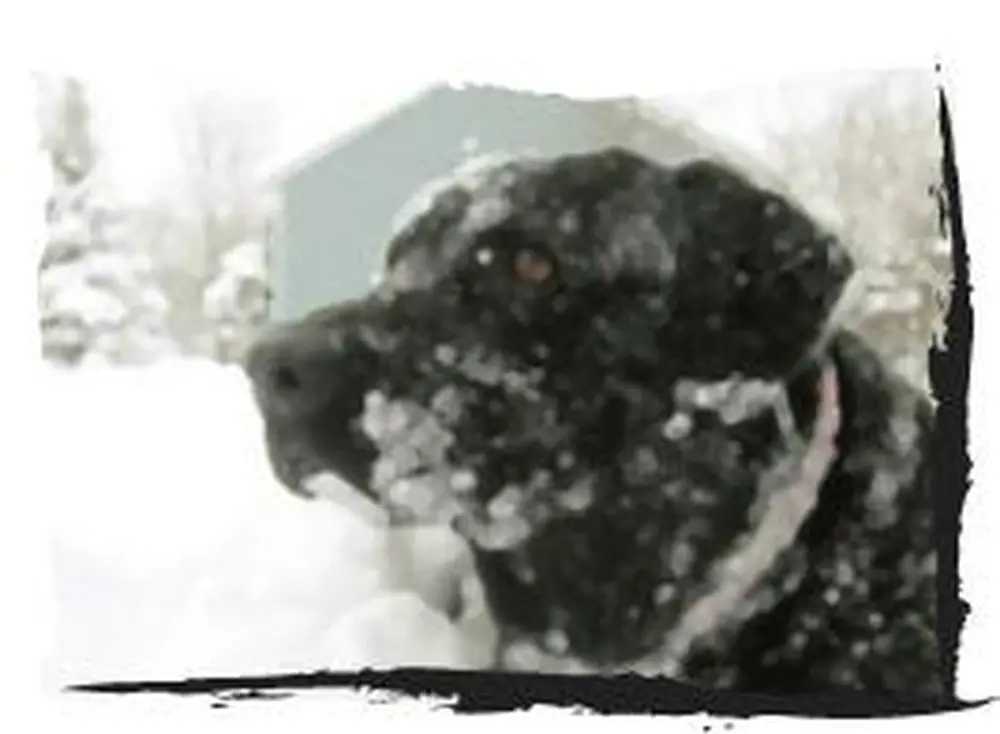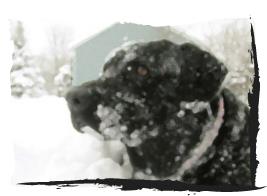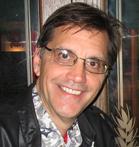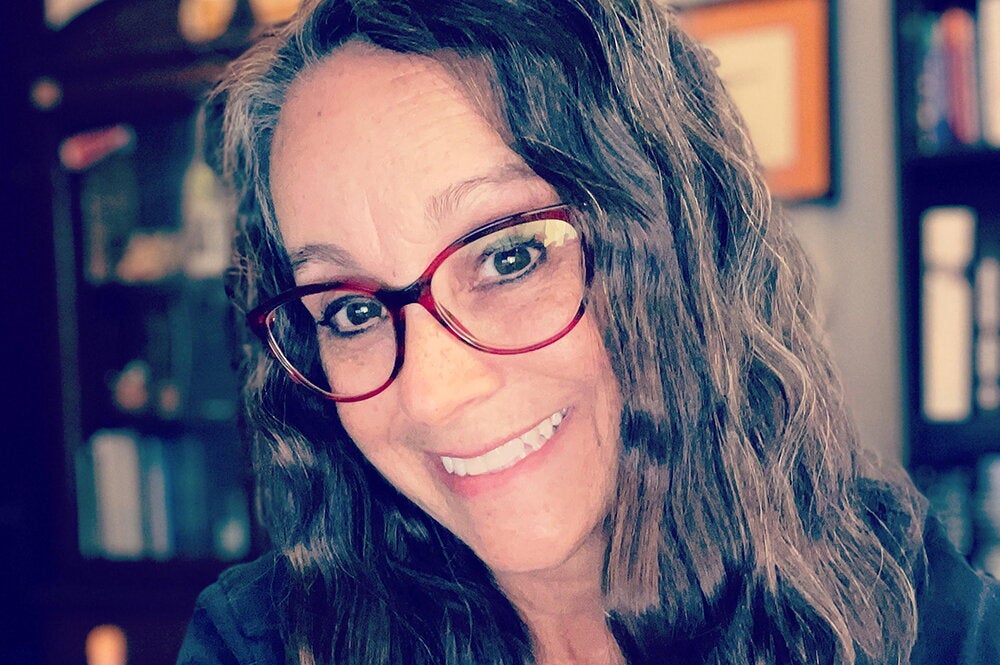

Lee Gurga was taking out his black Labrador, Fay the Wonder Dog, for a walk one winter’s day, when he captured a moment in time and recorded it on the small pad of paper he keeps in his hip pocket. The result was this haiku:
fresh scent—
the labrador’s muzzle
deeper into snow
Gurga has been noticing these fine details of life ever since he began writing haiku poetry in 1966. Today, this LAS alumnus is an award-winning poet and a leader in the American haiku movement. He also happens to be a dentist, a profession more associated with drills and Novocaine than cherry blossoms and contemplative scenes.
But Gurga does not see the discrepancy, for he says dentistry is one of the most intense professions, requiring focused attention and an eye for small details. “It’s one of the most in-the-moment professions,” he notes, and writing haiku is all about being in the moment.
From its beginnings in Japan more than 300 years ago, “haiku has conquered every language and culture to become the world’s most popular form of poetry,” Gurga says. It’s an art form that could be written “anywhere, anytime, by anyone—a kind of poetry that children could enjoy yet even accomplished poets need years to master.”
Gurga grew up on the northwest side of Chicago and discovered haiku in high school when he wandered into a bookstore and stumbled onto the poetry. He began writing haiku immediately and carried his fascination with Eastern art forms to the U of I, where he majored in math and minored in Asian culture and dance.
So how did a math major and dancer with a passion for Asian culture wind up as a dentist in Lincoln, Ill.?
“After a year of graduate work in the dance department, I realized at some point I needed to make a living,” Gurga says. His family dentist told him “the profession needs people like you” (he wasn’t quite sure what that meant), so Gurga went off to dental school at UIC.
Now, after 30 years in dentistry, he has been able to scale his practice down to three days per week, freeing up time to write and conduct workshops. He also served four years as the editor of Modern Haiku, the mainstay magazine of the American movement, before becoming editor of its publishing wing—Modern Haiku Press. Under Gurga’s watch, the company has published haiku by Paul Muldoon, a Pulitzer Prize-winning poet, and Billy Collins, former Poet Laureate of the United States.
In addition to his editing, Gurga has written three books, translated eight Japanese collections, and coordinates a regular haiku column featuring reader submissions in the Champaign-Urbana News-Gazette every Sunday.
Gurga says haiku is not constrained by the rules people learn in fifth grade: three lines with a total of 17 syllables. Haiku written in Japanese are only one line; and in English they can be one line or the more traditional three. Haiku also are not required to have exactly 17 syllables, although they typically contain fewer than 17 because brevity is one of the primary characteristics.

“Season is the soul of haiku,” Gurga adds, so another key characteristic is a seasonal reference, such as this one from his pen:
his side of it.
her side of it.
winter silence
The traditional haiku is split into two parts, separated by a “cut,” which in English is done with a grammatical device, such as a dash, period, or colon. The two parts combine to become “the essence of a moment keenly perceived,” as the Haiku Society of America puts it.
The Midwest has become the cradle of the American haiku movement, Gurga says, for the first haiku magazine in the United States was founded in Wisconsin and Modern Haiku is currently based there. But the greatest passion for the art remains in Japan, which Gurga has visited five times, meeting with the country’s top poets. In Japan, more than a million people write haiku.
Haiku is all about noticing the important moments in your life, he says, and making the connection between nature and human nature. For instance, when Gurga’s oldest son was a baby, he made this observation:
summer sunset—
baby finds his shadow
on the kitchen wall
When that same child reached eighth grade, Gurga noticed this:
graduation day—
my son and I side by side
knotting our ties
“All of these significant things happen in your life, but most of them just go by and you miss them,” he says. “That’s one of the greatest virtues of haiku. It helps you notice.”


